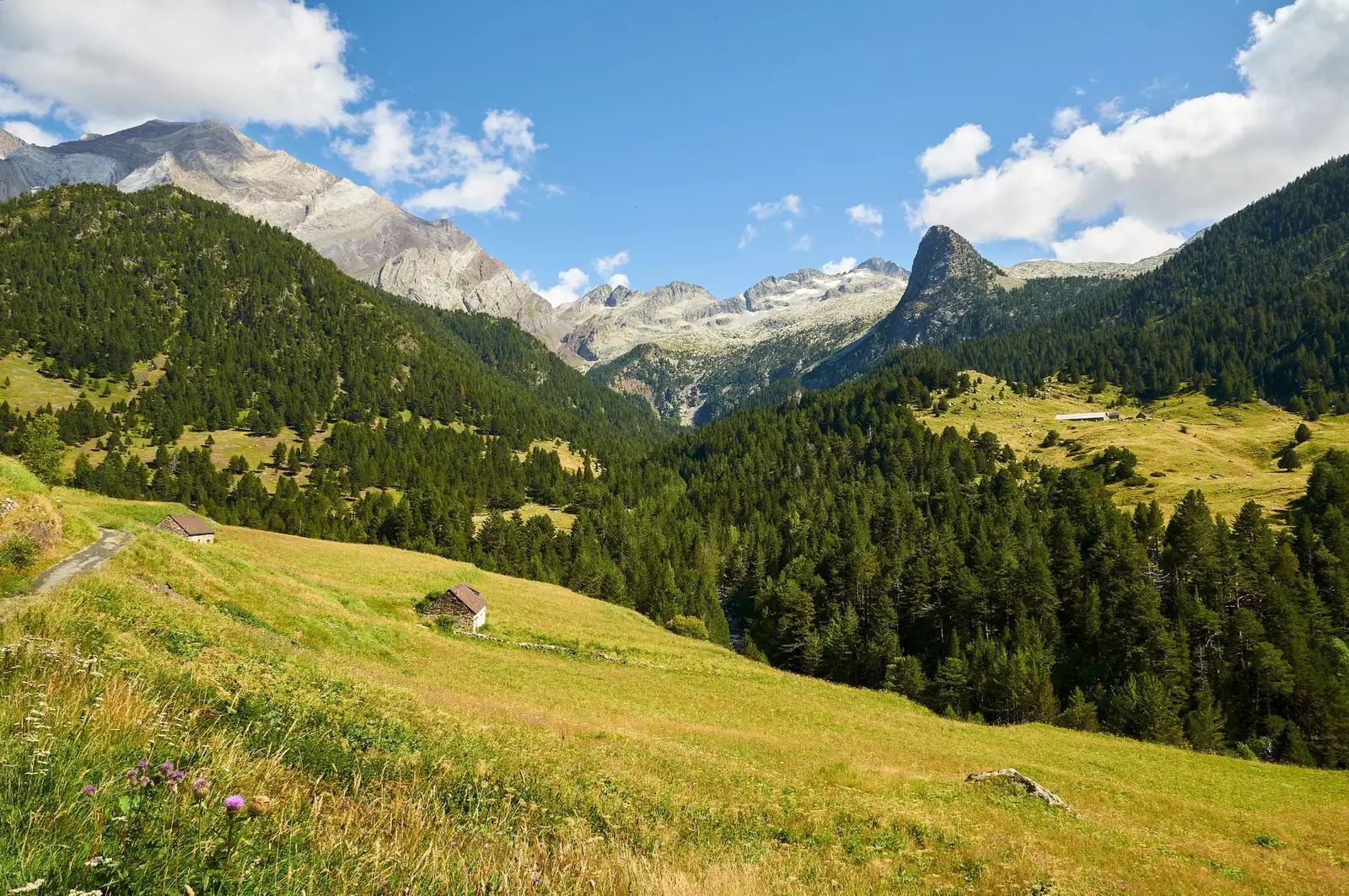
Shepherds' huts in the Aragonese Pyrenees.
Herding has always been one of the main economic activities of those who have lived in the vicinity of the Pyrenees. The green meadows and the abundance of streams are an ideal environment for extensive cattle ranching. Nevertheless, the snow and cold winters made it necessary to set up some kind of shelter for the animals at certain times of the year.
take the name of 'borda' the construction that was used to shelter cattle and store fodder for the winter as well as the neighboring farm. This is usually called in the Pyrenean mountainous areas of the Basque Country, Navarra, Aragon, Andorra and also in Catalonia. Most of them they are separated from the inhabited nuclei, being isolated in valleys and mountains. And therein lies much of its charm.
the edges were rustic buildings, built in stone with a roof made of black slate sheets. They used to have two floors: on the ground floor were the animals: sheep and cows mainly and on the upper floor, raised on wooden floors, the fodder for the winter was stored.
These huts used to be reached on foot, so some have no connection to passable roads. Many of them have been abandoned for this reason, others, on the other hand, have been converted into attractive accommodation for hikers, family campsites or restaurants. This time we will talk about this last type of happy reconversion, which brings us closer to pastoral gastronomy and highlights the effort of so many Pyrenean shepherds to build them.
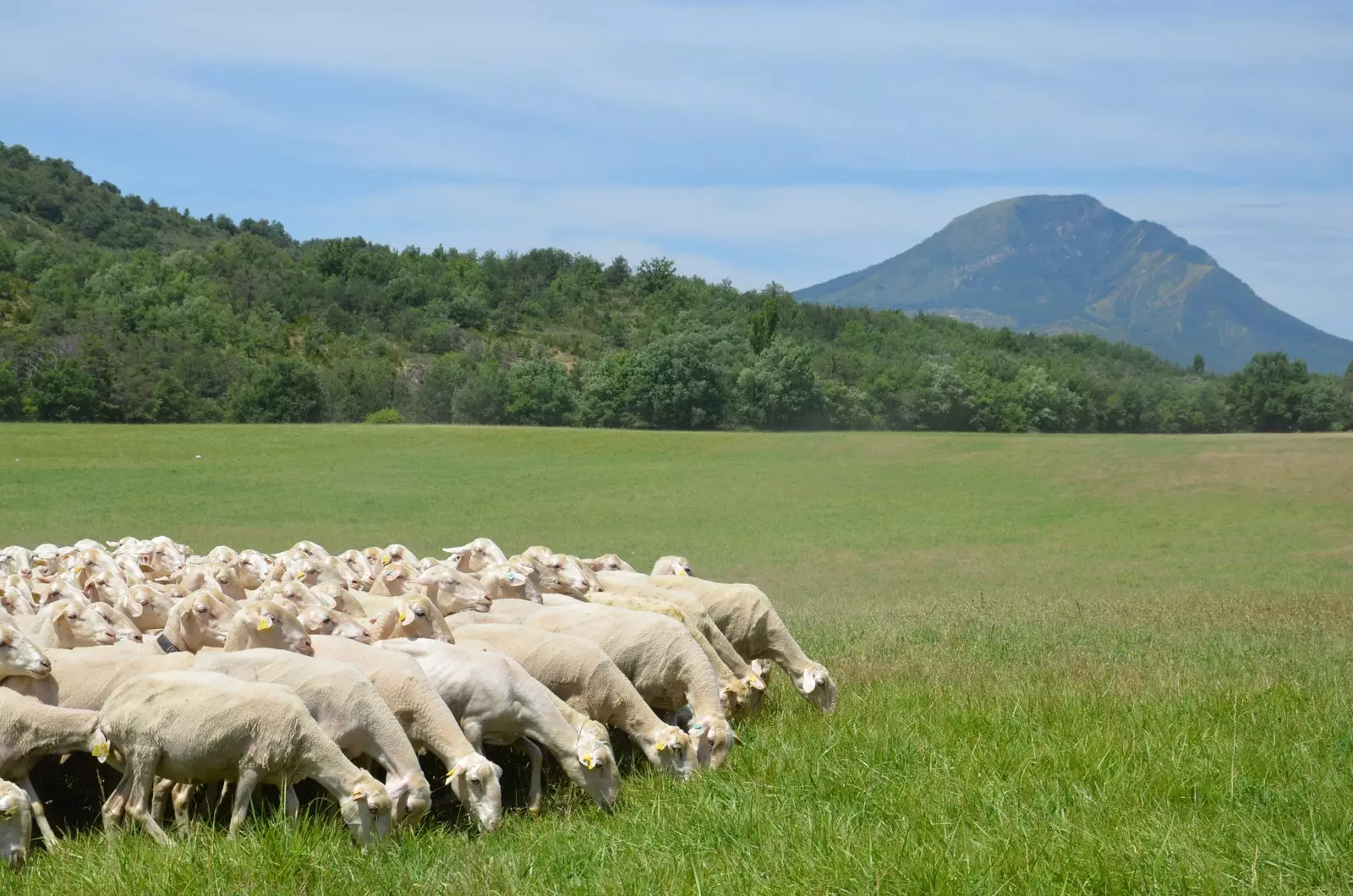
Sheep grazing next to Peña Oroel.
WHAT DO YOU EAT IN A BORDA OF THE OSCENS PYRENEES?
In general, in almost all of them there is a Aragonese set-price menu consisting of shepherd's crumbs, grilled ternasco (lamb ribs) or beef steak. Dessert can be cottage cheese or peaches with wine, for example. We have also seen “the mountain pot” on some suggestion boards, a forceful stew of longaniza, black pudding, chicken and pickles.
The salads are usually classic and illustrated, the chips that accompany the meats are probably homemade and, if there is a fish option, cod is the most frequent. Game stews and mushrooms typical of the season when we visit them is usually another constant on their menus.
Let us mention some of these huts where you can eat in the middle of nature with the Pyrenees in the background. An invitation to breathe fresh air, stroll through the surroundings and enjoy classic Aragonese regional cuisine.
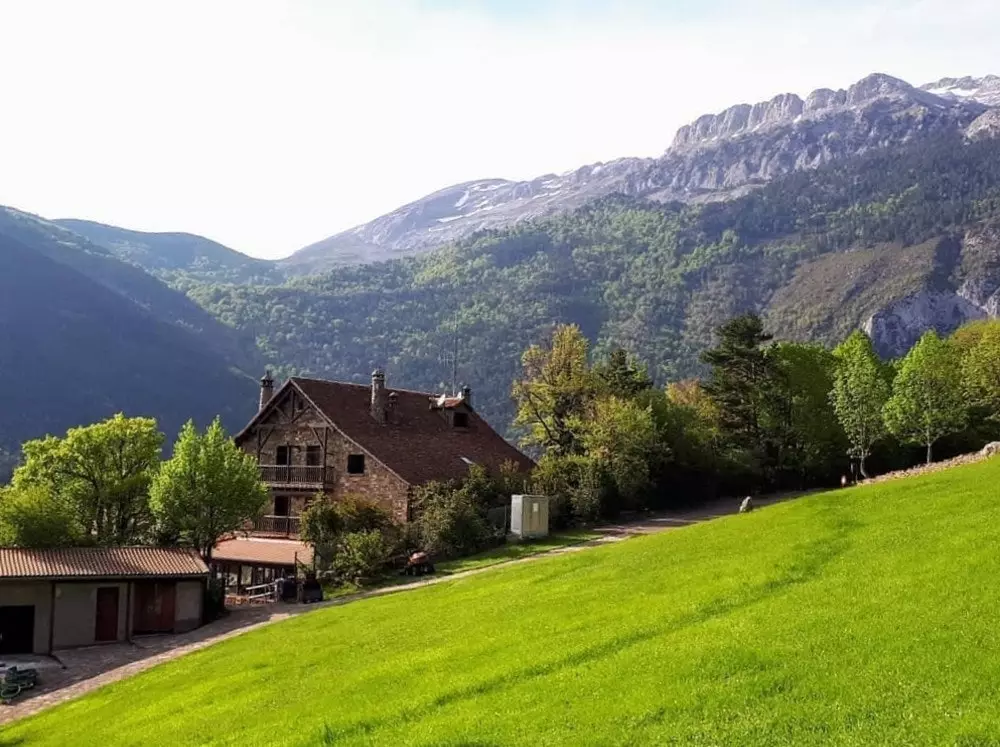
Borda Bisaltico, in Huesca.
BORDA ARRACONA
With more than forty years of history it is the pioneer among the huts converted into restaurants in your area. Both the lamb and the beef steak are grilled directly over wood embers. Other popular dishes are pig's trotters and boliche stew (vegetables). The star desserts are the homemade cottage cheese and curd that they provide in a nearby hut.
La Borda Arracona, although it is located several kilometers from the urban center, belongs to **Ansó, recognized as one of the most beautiful towns in Spain. **
CHIQUIN BORDER
On the same Zuriza road we find this beautiful hut that has a terrace dotted with large trees where you can eat wonderfully in summer. The menu is simple but powerful, to the traditional migas are added the homemade soup with noodles, the grilled rabbit and a lamb stew known as “meat a la pastora”. It also belongs to Ansó, a town with a rich ethnographic tradition (974 37 02 40).
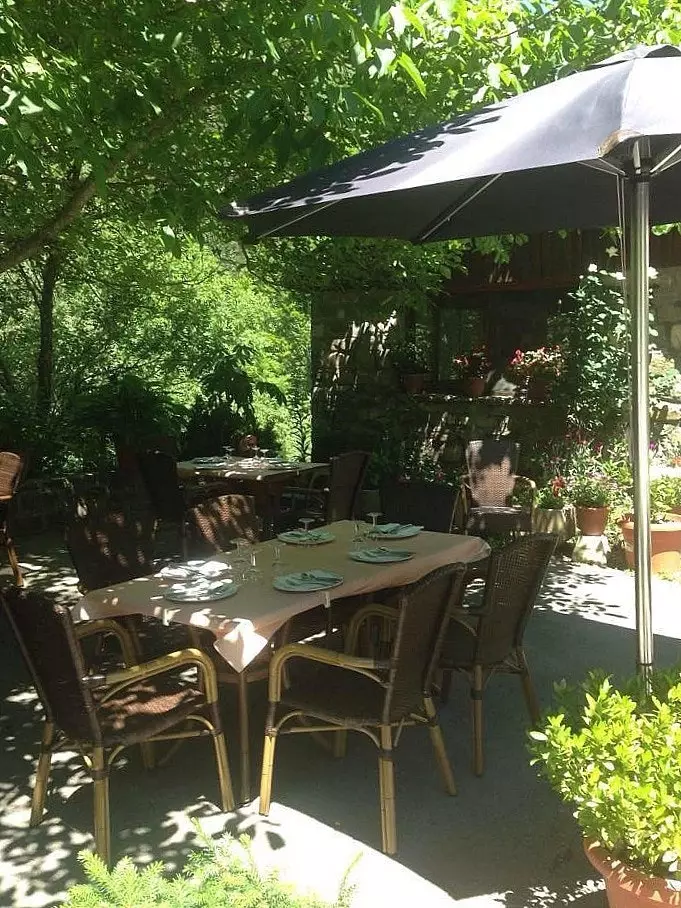
Terrace in Borda Arracona.
BISALTTIC BORDER
In the heart of the Valles Occidentales Park, nine kilometers from Echo (Huesca), heading for the Selva de Oza, we find this bord that in addition to offering different types of accommodation (camping, hostel and apartments) has a very large and recommended restaurant.
Traditional chesa crumbs (from the valley of Hecho), stews and commitment to local products are the bases of its offer. Its bordalero menu, which is served to the full table, It also includes cod with ajoarriero.
SHEPHERDS BORDER
This hut, located very close to Sabiñánigo, is part of a pardina, which is the name by which the grouping of two or more houses is known inhabited by different farming families. Specifically the Pardina de Ayés.
A few years ago it was converted into a small museum of pastoral activity, a restaurant and several rural accommodations. They often organize family plans that include visits to the museum and tasting of Ternasco de Aragón ribs, the typical lamb of this community, freshly roasted on the coals.
In the rehabilitation of the hut the original construction materials have been respected and elements and furniture typical of the shepherd families that inhabited it in their day have been preserved.
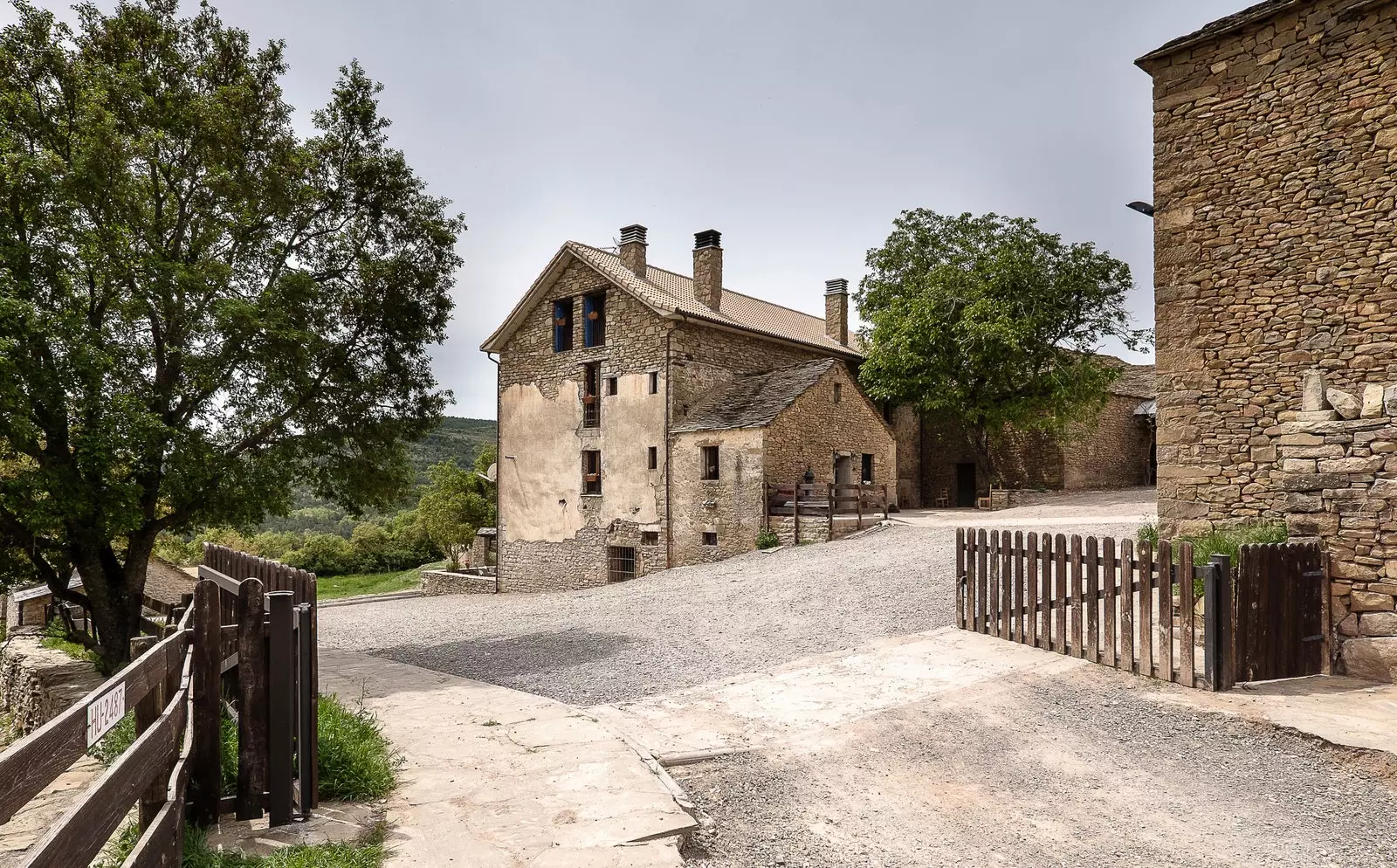
In Borda de Pastores, the structure and original construction materials have been respected.
BORDA JUAN RAMÓN
In the Aisa Valley we find this farmhouse-restaurant attached to a campsite. The panoramic view offered by the building is worthy of a postcard, since It is located at the foot of the Aspe massif, whose peak reaches 2,654 meters above sea level. Between leafy forests and streams you can taste the typical dishes of the Pyrenees: among the specialties of this hut, we will highlight the veal, a great tradition in this valley, and boliches (small beans).
BORDA CHACA
At the foot of Mount Oroel, a few kilometers from Jaca, is located this restaurant that makes use of the facilities of an old hut. A large terrace allows you to enjoy the nature that surrounds the little town of Ulle (36 inhabitants).
At Borda Chaca, the diner has up to three options: the house menu, the typical cider house menu and the Aragonese menu. In this case, the shepherd's migas contain mushrooms: usones or perrechicos (Calocybe Gambosa). And for dessert they suggest taking a peach with stale wine.
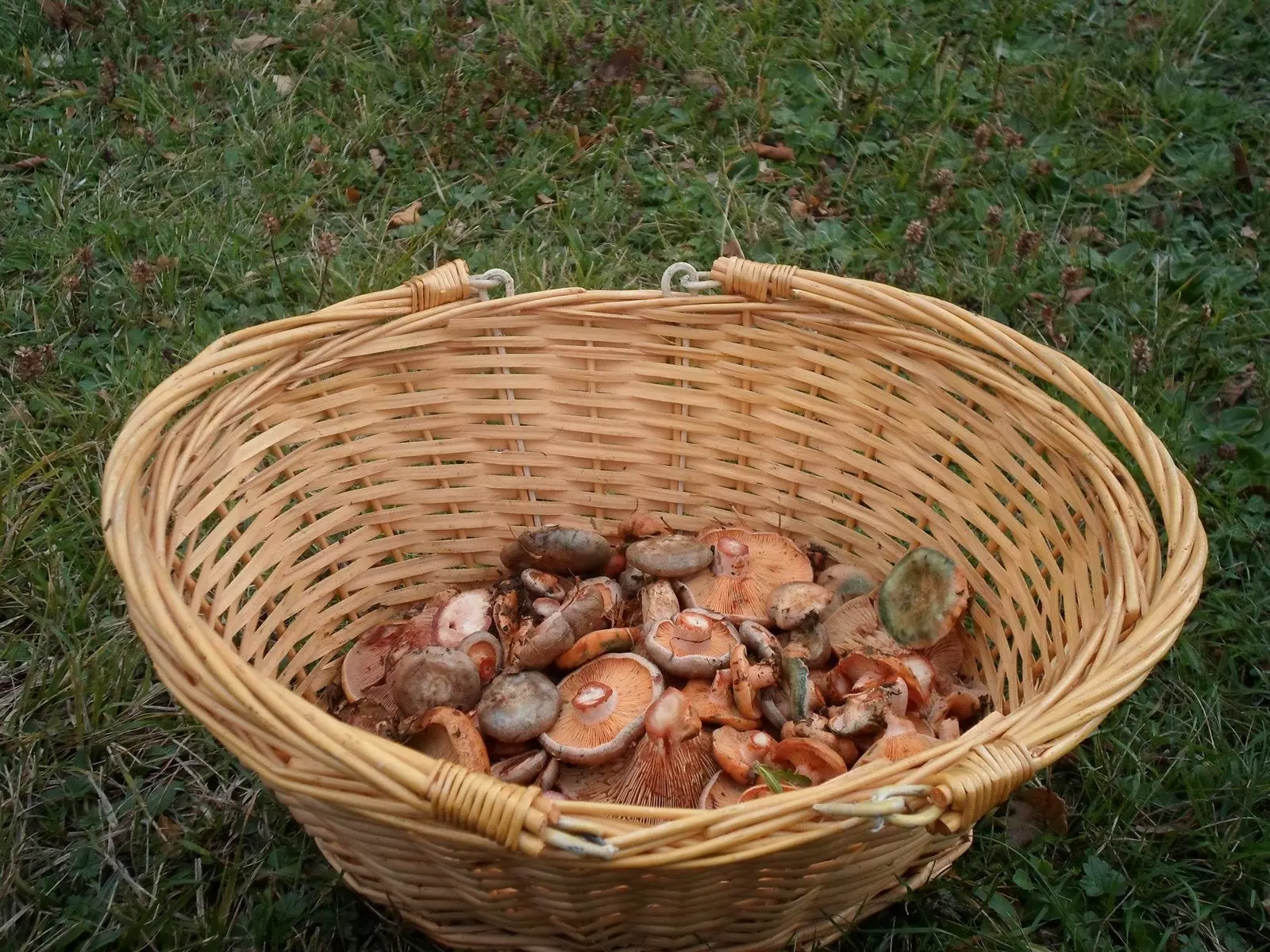
In season, ask for mushrooms.
